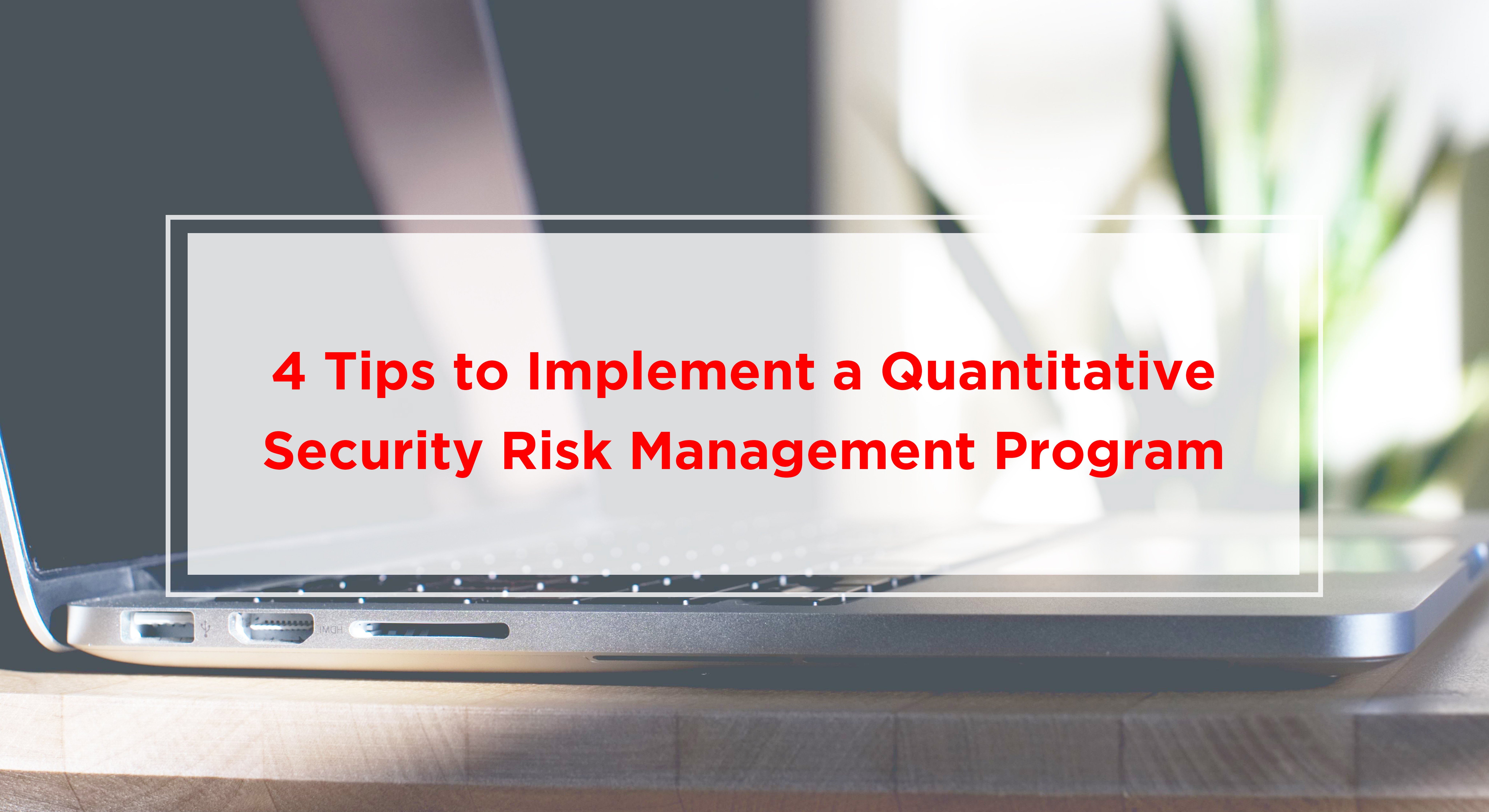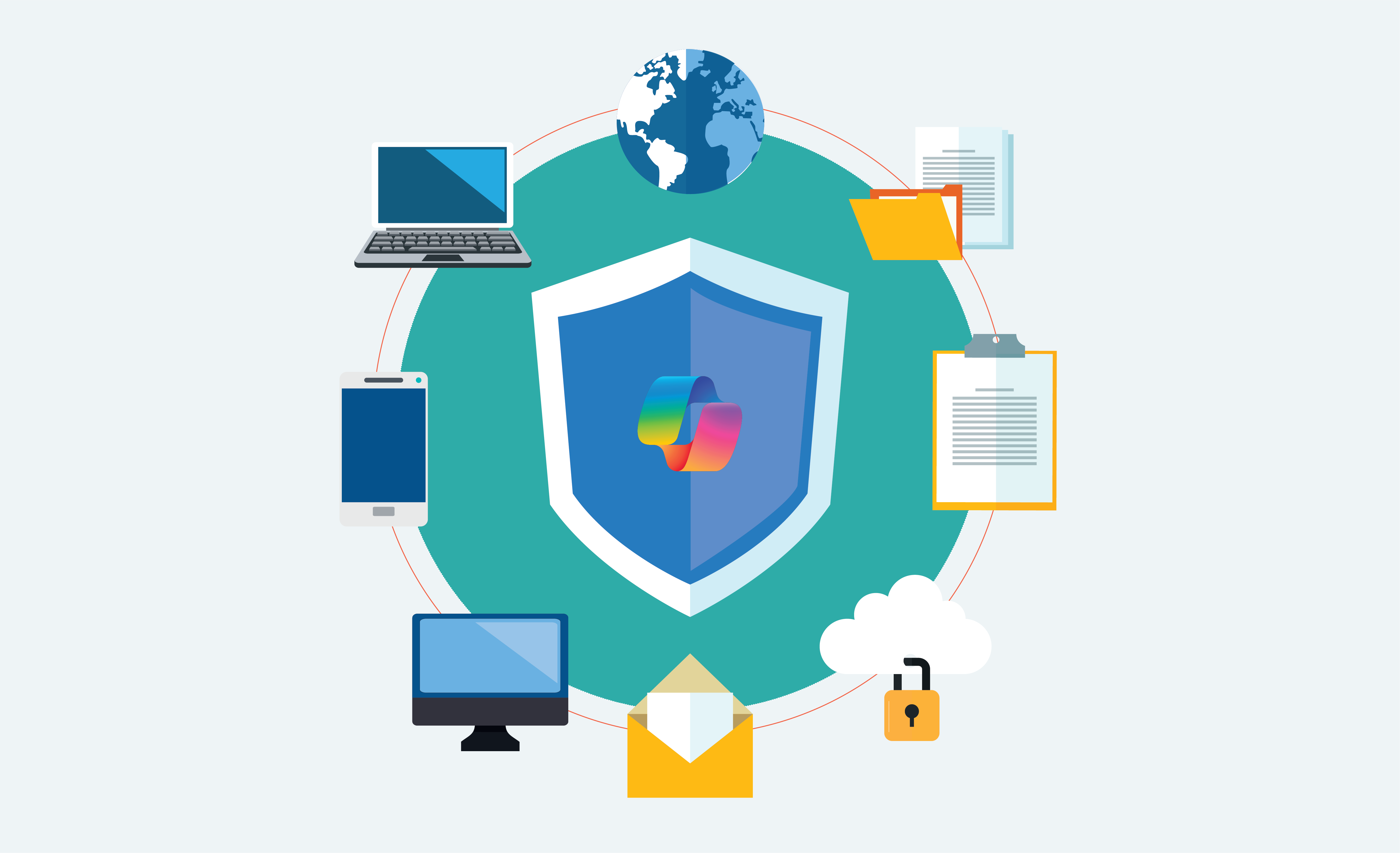In a perfect world, your Security Management Program would guarantee that no harm would ever come to your network and the data that’s stored there. But like everything else in life, there are always risks lurking around the corner. If not properly accounted for and managed, even the best Security Risk Management Program could fall victim to a cyber attack.
The best way to minimize the risks your network and data face is to meet risk head on with a Security Risk Management Program.
The best security programs are built on defensible risk management. We have observed that many businesses do have Security Management Programs in place, often based on assumptions that the organizations think will give them the most benefit.
This kind of “playing a hunch” approach to managing risk can fall short of truly understanding the risks that an organization faces.
All risks, including security, compliance, and legal risks, can be quantified. We highly recommend using a holistic approach that takes into account how your risks will affect your entire business operation and develop a unique quantitative risk model based on your organization’s risk tolerance level.
Only with a regular dynamic view regarding your organization’s risks will you be able to confidently say that your Security Risk Management Program is providing the necessary level of security needed.
If you just began looking into building a Security Program, let us help you understand your current security status first. We can run a simple security assessment to give you a complete picture of your security status. If you rather want to learn more about the quantitative approach to a Security Risk Management Program, read on!
All Risks Can Be Quantified. Implement a Quantitative Security Risk Management Program.
Trying to correlate your risks and map them holistically to your business operations may seem like a daunting task. You’re not alone as many organizations struggle with Security Risk Management.
There is often a lack of understanding of how to evaluate risk, how to communicate this to the business and what actions need to be taken. Further, most organizations try to define their risks using a qualitative approach (risk is high, medium or low) when what’s needed is a repeatable, quantifiable method.
While a recent Advisen survey showed 97% of companies clearly recognize the importance of a holistic approach to risk collaboration, only 51% have actually taken some form of action to identify their cyber security risks (NopSec, 2016). The solution to this challenge is to take a quantitative approach when implementing a Security Risk Management Program.
Rather than taking the quantitative approach, many organizations tend to lean towards a tactical or qualitative approach. These two, while somewhat effective, leave gaps in an organization’s risk management. The Quantitative approach is the most complete and effective way of dealing with risks holistically. Here are details of each approach:
-
Tactical
A Tactical approach does little more than answer the question “Are we secure?”. Key risk management elements are either missing or highly informal. Processes are either undefined or are based on guesswork. Decision-supported information is absent as incidents are treated on a reactive one-off basis.
-
Qualitative
The Qualitative approach, while better than tactical, can still leave risk identification and mitigation gaps. A Qualitative approach answers the question “How do we know we are secure enough?”. Risk tolerance is identified, a Threat and Risk Assessment is performed and some form of Risk Management is in place.
However, the Qualitative approach falls short because the elements of the Security Risk Management Program have not been quantified and the associated processes are only loosely coupled. Risk is assessed simply as high, medium or low without examining cause and effect on a holistic basis.
-
Quantitative
By far and away the best approach to take is the Quantitative approach. The best security programs are built on defensible risk management. The quantitative approach ensures that security decisions are made strategically instead of being based on assumptions and gut feelings.
All risks (security, compliance, legal, etc.) can be quantified in some manner. By quantifying your risks when developing a Security Risk Management Program, you can optimize any security planning and budgeting, and as a result, enjoy a high ROI on your security investment.
4 Tips to Implement a Quantitative Security Risk Management Program
- Tip 1 – Assess the risks that your information system faces, both the effect on IT as well as your organization’s general business processes. For each risk assessed, determine how it will be managed.
- Tip 2 – Move away from generic security profiles and develop one based on your organization’s unique risk profile.
- Tip 3 – Track all the different threats your organization faces to understand what is above and below the acceptable risk level your organization is willing to accept.
- Tip 4 – Utilizing the right tools for your Security Risk Management Program can help you quantify various types of risks you are and will be facing. One of the tools we recommend to our customers is Microsoft Advanced Threat Analytics (ATA). It identifies known security issues and detects known malicious attacks almost as instantly as they occur.
- ATA’s behavioral analytics leverage Machine Learning to uncover questionable activities and abnormal behavior. ATA also visualizes attacks, risks, and activities and presents you a map of entity interactions representing the context and activities of the users, devices, and resources.
If you would like to learn more about ATA and the benefits of utilizing the tool, our on-demand webinar is the perfect way for you to do so. The webinar includes a live demo of ATA so that you can see it in action.
Watch a short summary video below and to watch a full webinar, click the button below.
Let us Help You Implement a Quantitative Security Risk Management Program
Developing a quantitative Security Risk Management Program is an essential part of your organization’s defense against cyber threats. It can help you proactively defend your organization from various risks and get the ROI in your security investment.
Don’t wait until your organization becomes the victim of a cyber crime. Whether you are at the assessment stage, not knowing your security status, or you are just beginning to create a quantitative Security Risk Management Program, we can help you with customized plans to meet your needs and requirements. Contact us today!




